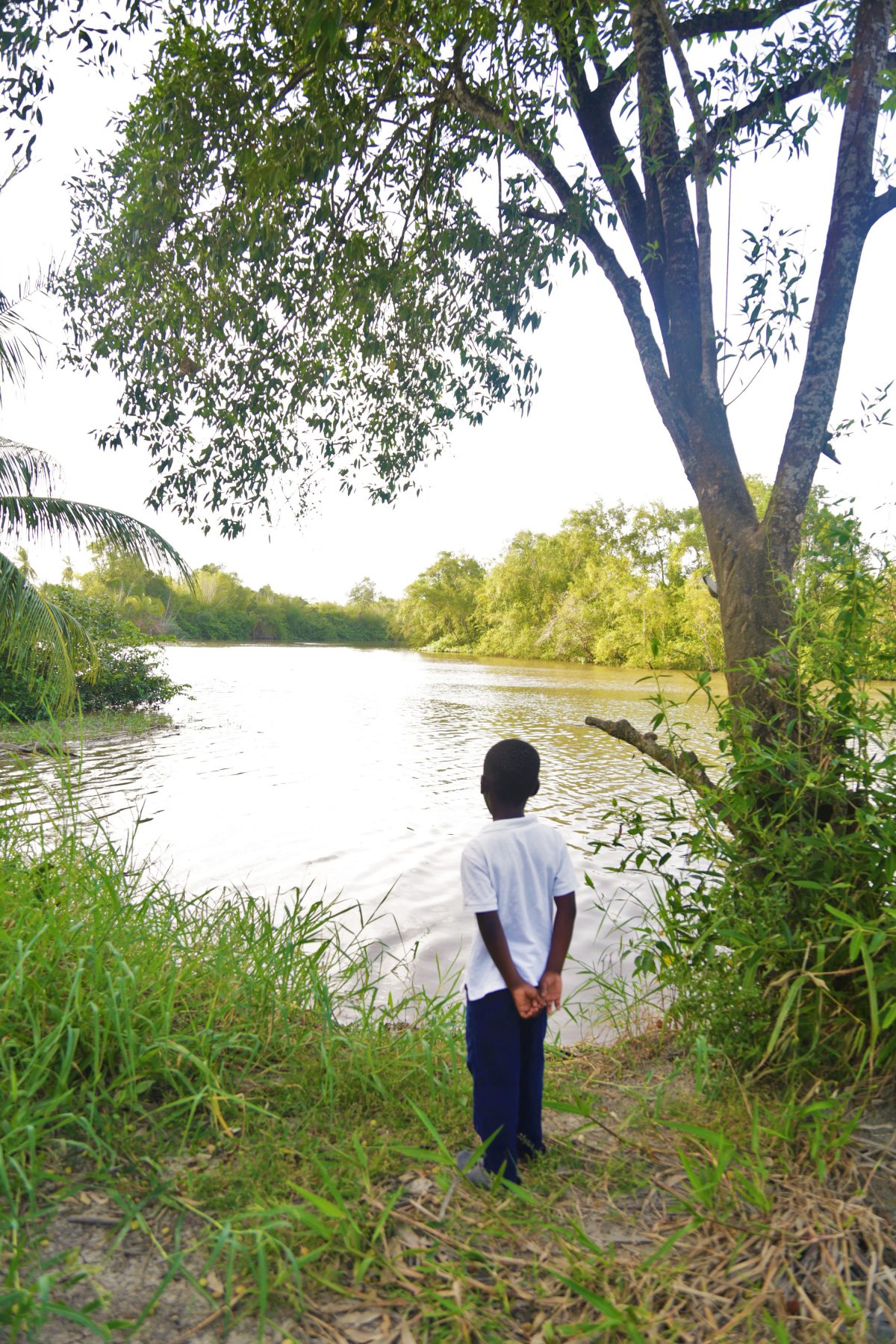Situated on the left bank of the Canje River, Berbice, some six kilometres from Government House in New Amsterdam, Sandvoort was established in 1774. It was bought by several former slaves who later sold portions of land to other ex-slaves. Originally a coffee plantation, Sandvoort got its name from the red root of a plant, according to a villager. While it is predominantly an agricultural community, some of Sandvoort’s approximately 400 residents work outside of the village.
About 80 per cent of the villagers are Seventh Day Adven-tists, but Sandvoort is a multicultural community.
Retired teacher Juliet Moriah, 67, was at home working on some corsages for a school event while keeping an eye on her grandson, Samuel.


